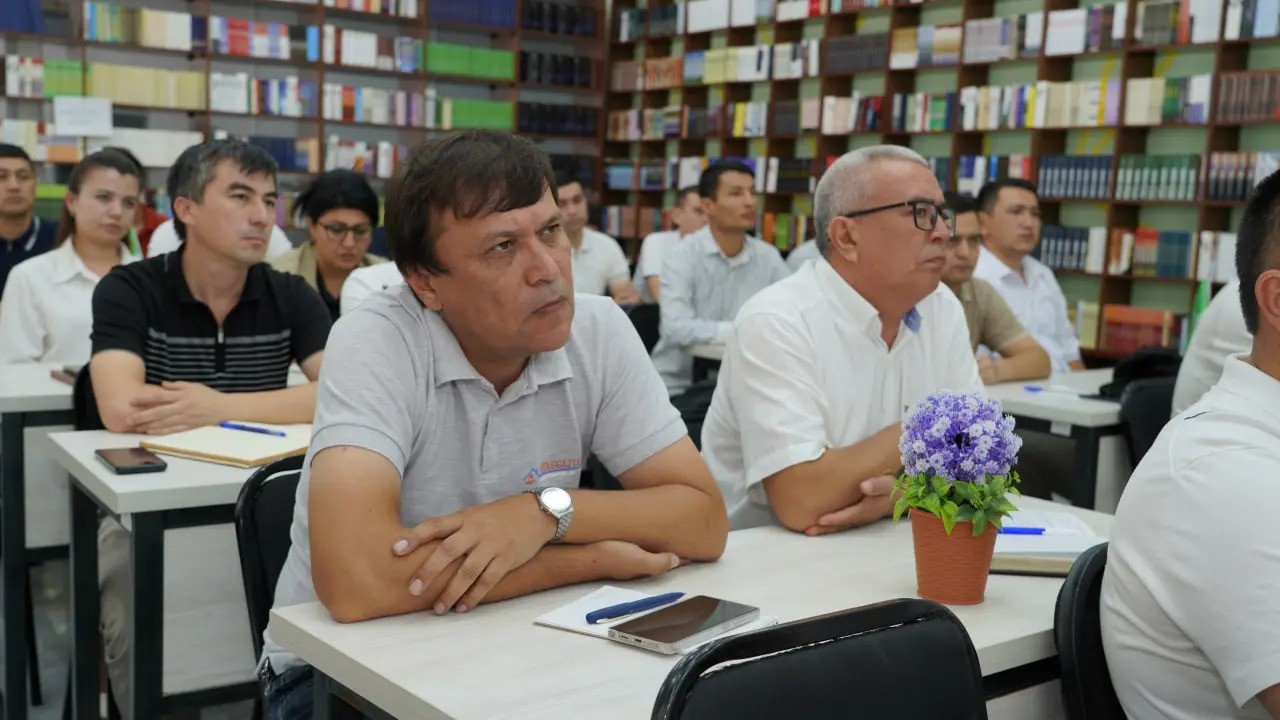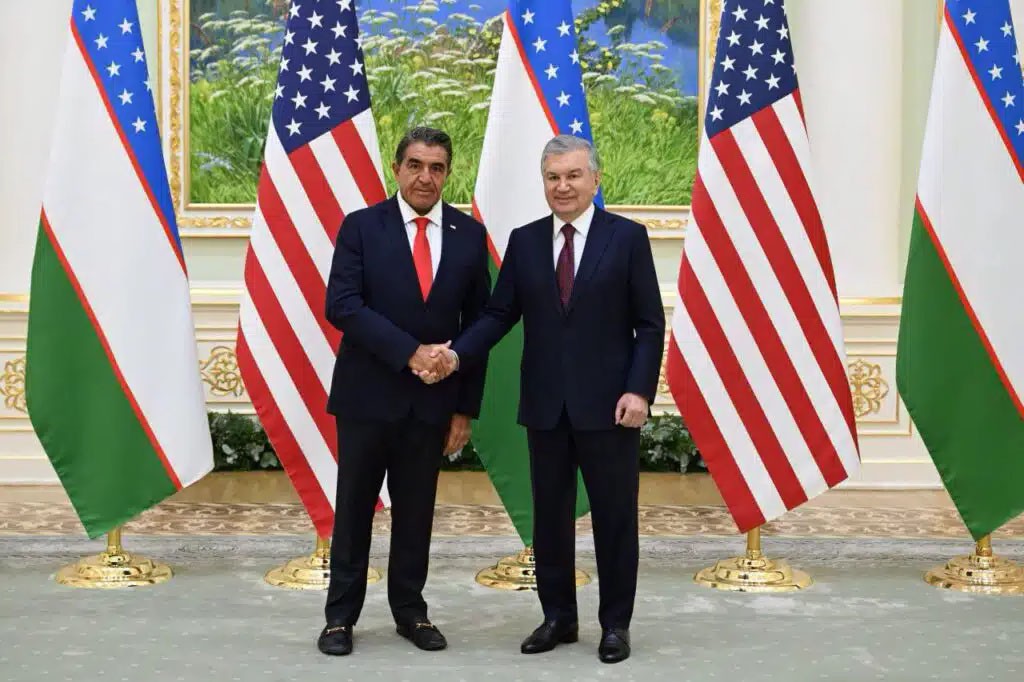Against the backdrop of growing technological competition between the world's leading powers, China has introduced its own international initiative to create a system of global regulation of artificial intelligence. The statement was made by the Premier of the State Council of the People's Republic of China at the World Conference on Artificial Intelligence 2025, held in Shanghai with the participation of representatives of more than forty countries.
The Chinese side expressed concern about the fragmented nature of the current AI regulation and stressed the need to consolidate the efforts of the international community. It is proposed to develop a coherent approach to regulation based on the principles of broad international support and institutional compatibility.
The speech came amid increasing geopolitical pressure: a few days earlier, the United States published its own strategy to strengthen leadership in the field of AI, including the removal of bureaucratic restrictions and the expansion of export controls. In particular, the United States resumed deliveries of key chips to China, while at the same time making concessions in negotiations in other areas.
The Chinese initiative emphasizes the inadmissibility of turning artificial intelligence into a tool for technological dominance of a limited number of countries and companies. Special attention was paid to the issue of access to semiconductor technologies — a critical component in the development of AI infrastructure. The issue of controlling the supply of semiconductor components remains at the center of the US-China agenda, especially in the context of the rapidly developing AI market in China.
According to estimates for April 2025, there are more than five thousand AI companies operating in China. The core of the industry is estimated at 600 billion yuan, or about $ 84 billion. Public investment in the current year alone, according to open data, exceeds 400 billion yuan (about 56 billion dollars). From 2013 to 2023, Chinese state-owned venture capital funds invested about $ 209 billion in the AI sector, demonstrating a steady increase in interest in this industry.
In the technical aspect, Chinese developments are increasingly demonstrating competitiveness. For example, the DeepSeek R1 model surpassed a number of Western analogues in quality, despite significantly lower development costs. The introduction of the Kimi K2 model, developed by another Chinese company, also attracted attention due to its high performance and efficient use of resources.
In the international agenda, the focus is shifting to the need to create ethical, legal and technological standards that can minimize the risks associated with the spread of deepfakes, disinformation and cyber threats. Representatives of South-East Asian countries expressed support for strict regulation, justifying its potential contribution to GDP growth at the level of 10-18 percent.
The opinion of independent experts was also voiced against the background of calls for coordination of efforts. It emphasizes the need for direct dialogue between the United States and China, which can prevent the militarization of technologies and ensure human control over the development of AI. China's initiative, presented not only as a geopolitical response, but also as an attempt to fix a new architectural approach to the digital future, can set the vector for further international discussions about the future of artificial intelligence.













